

In December 1946, the French colonialists reoccupied Hanoi and the northern provinces, but the French capitalists predicted that sooner or later the French government would fail and have to leave Vietnam, so they did not spend money to build new factories and enterprises. Some owners even sold them to Vietnamese capitalists. And that day came. Losing the battle at Dien Bien Phu, the French government had to sign the Geneva Agreement and shamefully withdraw its troops from Vietnam and Indochina.
On October 10, 1954, our army troops advanced to liberate the capital amid the jubilation of the people. However, the Geneva Agreement was torn up by international forces and the Ngo Dinh Diem government, the 1956 general election did not take place, and the country was temporarily divided into two regions.
In 1958, the North chose the path to Socialism. To build the material foundation for the transition period, the state advocated "making every effort to develop agriculture and light industry, giving priority to the reasonable development of heavy industry". On the northern border, the Apatite Factory was built in Lao Cai, in Thai Nguyen there was a steel and iron complex, and in Viet Tri city at the river junction was an industrial park with chemical factories. Down in the delta, there were the Van Diem Sugar Factory, the Nam Dinh Textile Factory...
But Hanoi was determined to become the industrial center of the North. At the Hanoi Economic Development Planning Exhibition in November 1959, after visiting and listening to the introduction, President Ho Chi Minh advised, "Hanoi must develop its economy and society to make our people proud, to show the world that Hanoi deserves to be the Capital of a socialist country."
Hanoi from 1945 to 1954 had a small area of only 150km2. To create conditions for the capital to have land to build factories and enterprises, in 1961, the 2nd National Assembly passed a resolution to adjust administrative boundaries, merging many suburban communes into the inner city, merging communes and districts of Ha Dong and Bac Ninh provinces into suburban districts.
Since 1958, the whole of Hanoi has been like a large construction site. A series of factories and enterprises have been established in the suburbs, in the Southeast, in the Luong Yen area there is the Rice Milling Factory, the Slaughterhouse; in the South there is the Mai Dong Mechanical Factory, the Hai Ha Confectionery Factory, the Export Fruit Factory, but the largest is the 8-3 Textile Factory on Minh Khai Street. This factory began construction in 1960 and was inaugurated in 1965.

Officials and workers restore Yen Phu Power Plant after bombings by US aircraft. (Photo: EVN Culture)

Hommel Brewery – Predecessor of Habeco.

President Ho Chi Minh visited Rang Dong Light Bulb and Thermos Factory, Hanoi (April 28, 1964).

In the west, on Nguyen Trai Street, there are Thang Long Tobacco Factory, Sao Vang Rubber Factory, Hanoi Soap Factory (called Cao-Xa-La area), Rang Dong Light Bulb and Thermos Factory. Near Cau Moi, there is Hanoi Mechanical Factory (or Tool Factory No. 1) inaugurated in 1958 with more than 1,000 workers divided into 3 shifts. A very large collective area located opposite the factory gate sprang up and when the shift ended, the workers crossed the street to go home, forcing the train drivers on the Bo Ho-Ha Dong line to ring the bell continuously. Also on Nguyen Trai Street, there is the Army Shoe Factory (in 1961 it was changed to Thuy Khue Rubber Factory, in 1978 it was changed to Thuong Dinh Fabric Shoe Factory).
In 1961, the Hanoi Precast Concrete Factory in Chem village was inaugurated, the Transformer Manufacturing Factory on Tran Nguyen Han street. In 1962, the Quang Trung Mechanical Factory on Giai Phong street was established. Besides the new industrial facilities, the factories previously owned by the French, now state-owned, have restored production, such as: Aviat Auto Repair Factory (renamed Ngo Gia Tu Auto Factory - Phan Chu Trinh street). Dong Thap Mechanical Factory on Hang Tre street, Tannery Factory on Thuy Khue street, Dong Xuan Knitting Factory on Ngo Thi Nham street - Hoa Ma and many other factories and enterprises operate with a new position and new management style.
In 1957, on the old site of the Match Factory at the end of Ba Trieu Street, a massive production facility, the Tran Hung Dao Mechanical Factory, was built, considered the leader of the Vietnamese mechanical industry. Next was the Hong Ha Stationery Factory on Ly Thuong Kiet Street with products such as Cuu Long ink, Truong Son fountain pens, and writing paper. Along with the large factories, a series of enterprises were also established, including: Truc Bach Paper and Fireworks Factory, and the Plastic Factory on Hai Ba Trung Street...

President Ho Chi Minh visited the 8-3 textile factory in Hanoi on the occasion of International Women's Day, March 8, 1965. (Photo: National Archives Center III - State Records and Archives Department)

President Ho Chi Minh visited Thong Nhat Match Factory in Hanoi (August 16, 1956).

Visiting the Hanoi Rubber, Soap and Tobacco Factory, he saw the workers' mid-shift meals (January 26, 1961). (Photo: hochiminh.vn)
During the two periods of fighting against the destructive war of the US Air Force (1965-1968, April 1972-December 1972), Hanoi still "filled bomb craters and built blast furnaces". At the end of 1964, the 3-2 Auto Repair Factory was inaugurated. In 1965, the Hai Chau Confectionery Factory went into production. In 1968, there was the Chua Boc Noodle Factory, in 1970 there was the Thong Nhat Electromechanical Factory on Nguyen Duc Canh Street. After the US signed the Paris Agreement to withdraw its troops from Vietnam in 1973, new factories sprung up in Hanoi. In 1974, there was the Bi-Xich-Lip Factory in Dong Anh district, and the Minh Khai Yarn Factory.
From 1954 to 1975, the year of the liberation of the South and the reunification of the country, Hanoi had 36 large factories, dozens of enterprises, employing tens of thousands of workers. From a consumer city, Hanoi became the industrial center of the North, the streets of Hanoi were green with workers' uniforms. Every night, workers cycled to work the third shift under the crowded street lights like a festival. They no longer toiled to enrich themselves for the capitalists, they "worked twice as hard for the South". And Hanoi became the fulcrum and solid belief for the resistance war against the US to save the country and build socialism.
After 1975, factories, plants, industrial production facilities, etc. were gradually moved to the suburbs, both to reduce environmental pollution and to reserve land and space for the development of Hanoi into a civilized, modern capital, the political, economic and cultural center of the country. It can be said that the "city of workers' uniforms" Hanoi from 1954 to 1975 successfully completed its mission: building socialism in the North, supporting the South to defeat the invaders, and reuniting the country.
Today, many factories have been demolished, and high-rise apartments and bustling commercial centers have sprung up in their place, but there are still some factories, including those built in the early 20th century. Hopefully, those responsible will preserve these structures, because they are industrial heritage, a valuable asset that can be transformed into products of the cultural industry.

Nhandan.vn
Source: https://special.nhandan.vn/Giai-phong-Thu-do-tu-thanh-pho-tieu-dung-den-den-thanh-pho-xanh-mau-ao-tho/index.html








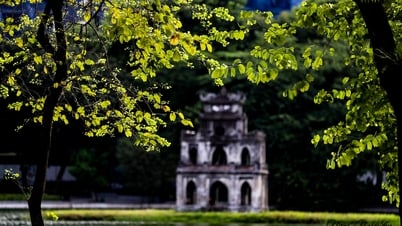



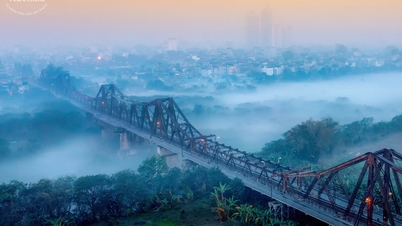

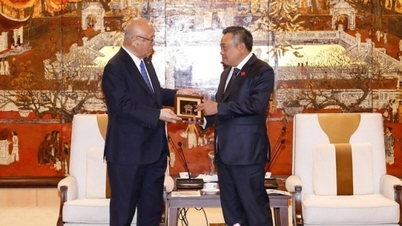




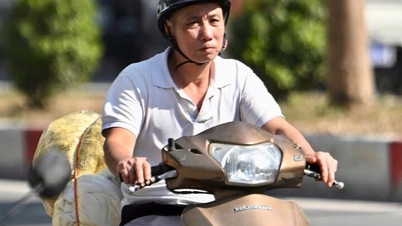


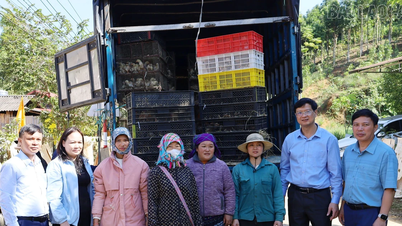







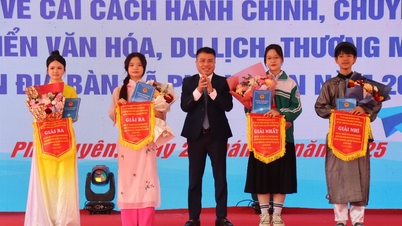
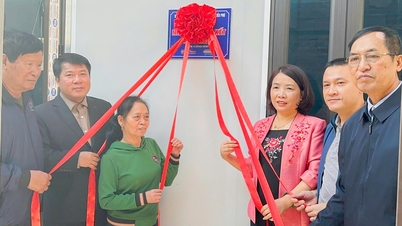
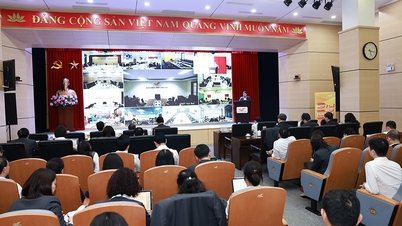

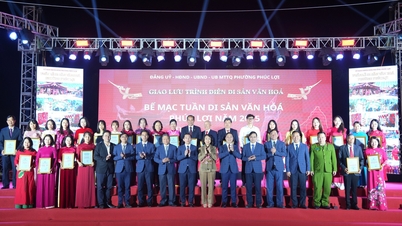




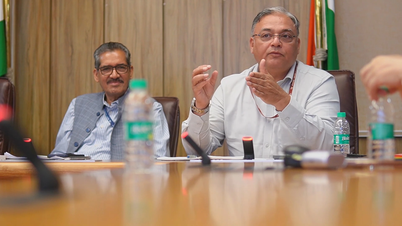

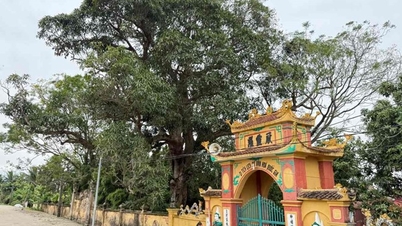

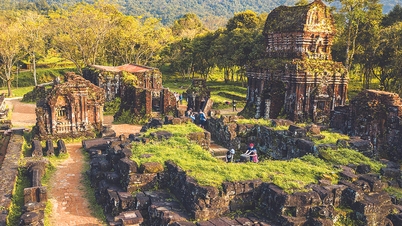
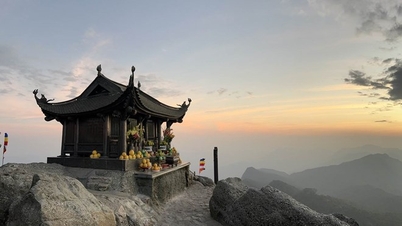
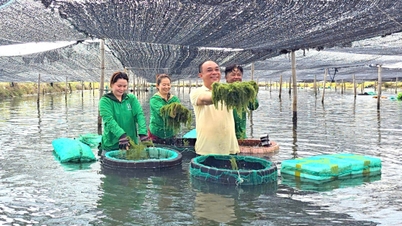



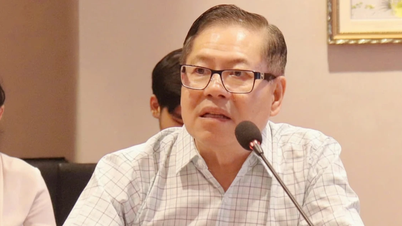
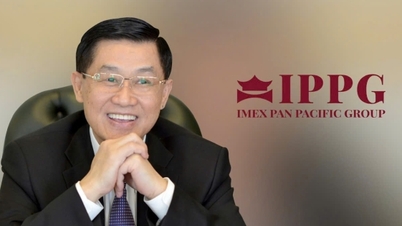



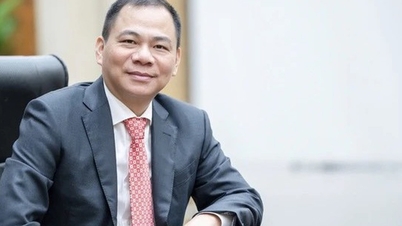





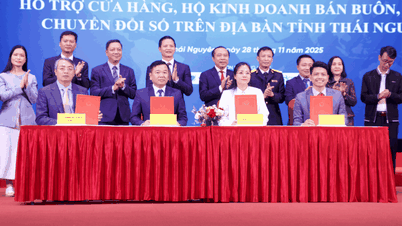








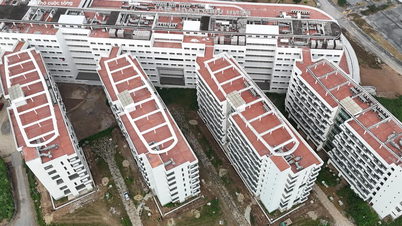

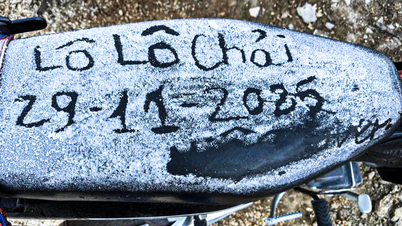
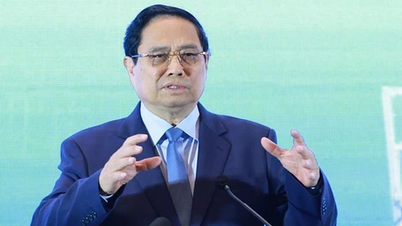


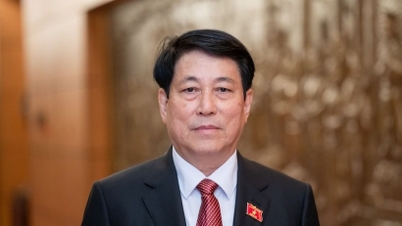


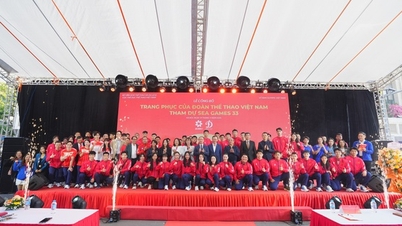

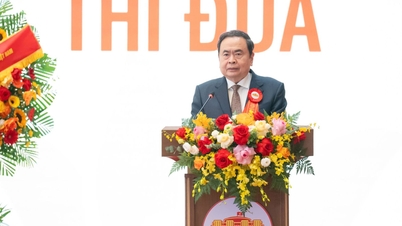


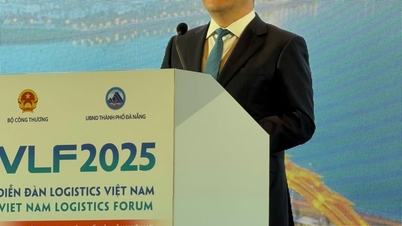
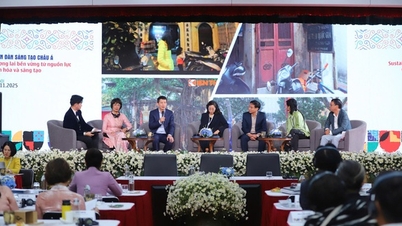
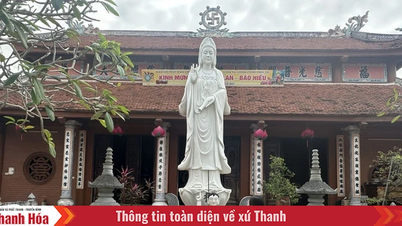

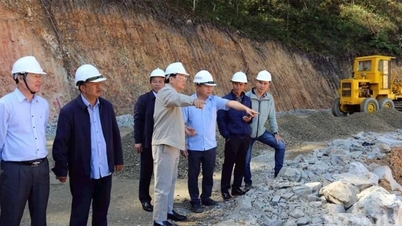

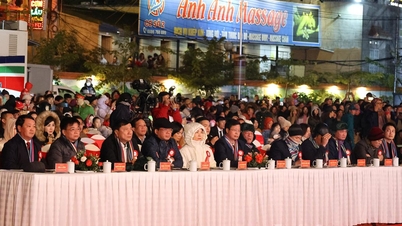


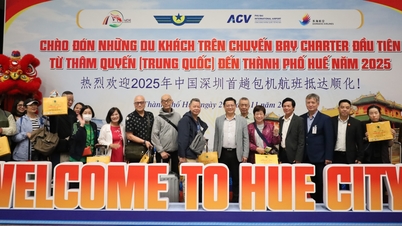










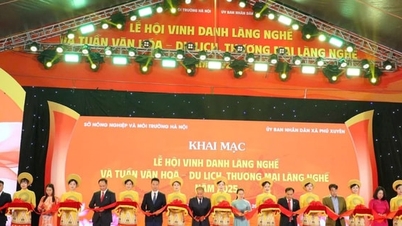





Comment (0)